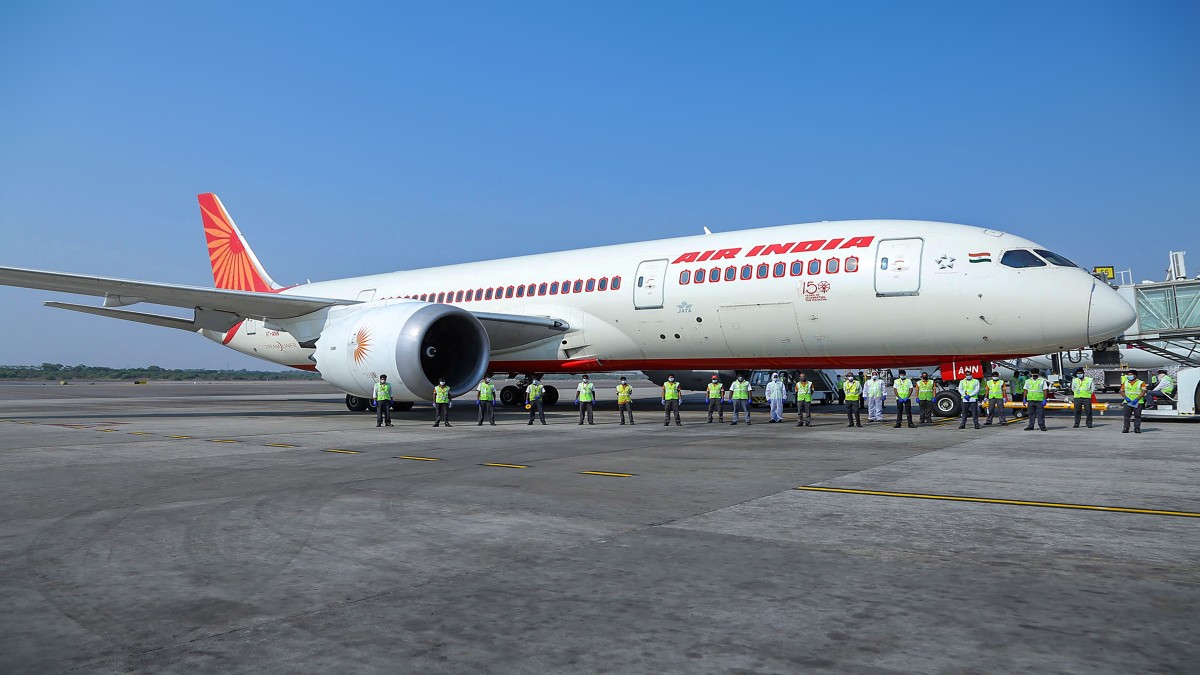Imagine posting stunning aerial views to your social media in real time, catching up on emails, or streaming your favorite shows — all while cruising through the clouds. The concept is no longer just imaginary for Indian fliers. Air India on Wednesday announced that it has introduced Wi-Fi internet connectivity on its domestic and international flights, becoming the nation’s first airline to offer the service. Whether flying for business or leisure, passengers aboard select Airbus A350, Boeing 787-9 and Airbus A321neo aircraft can now stay connected to the digital world at 35,000 feet.
The service supports Wi-Fi-enabled devices such as laptops, tablets, and smartphones and even allows passengers to connect multiple devices simultaneously once the aircraft reaches an altitude of 10,000 feet.
Air India’s Chief Customer Experience Officer, Rajesh Dogra, summed up the innovation perfectly, “Connectivity is now an integral part of modern travel. For some, it is about the convenience and comfort of real-time sharing, while for others, it is about greater productivity and efficiency. Whatever the purpose, we are confident our guests will appreciate the option of connecting to the web and enjoy the new Air India experience.”
The introduction of Wi-Fi on domestic flights follows a successful pilot program on Air India’s international routes, operated by Airbus A350, select Airbus A321neo, and Boeing B787-9 aircraft to destinations like New York, London, Paris, and Singapore. As with the domestic service, Wi-Fi will be offered for free during the initial period. Air India plans to gradually expand the service to more aircraft in its fleet.
Here’s how travellers can access Wi-Fi on Air India flights:
- Enable Wi-Fi and open Wi-Fi settings on your device.
- Select the ‘Air India Wi-Fi’ network.
- Once redirected to the Air India portal in your device’s default browser, enter your PNR and last name.
- Enjoy complimentary internet access during your flight.
In-flight Wi-Fi availability may vary based on factors such as satellite connectivity, bandwidth usage, flight routes, and government regulations.






